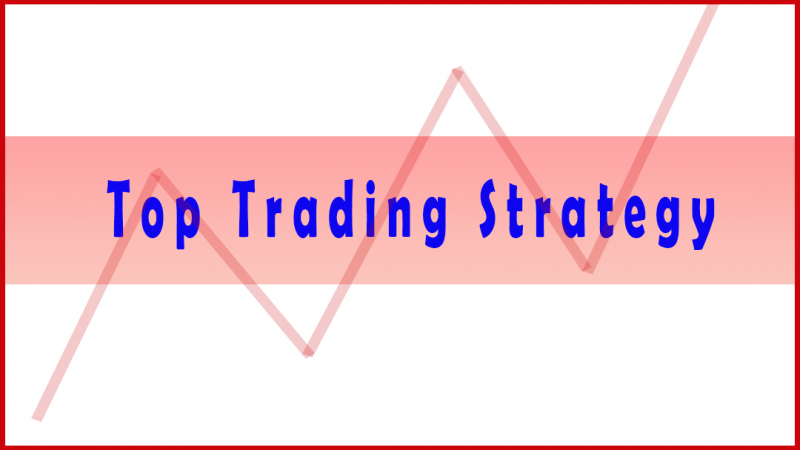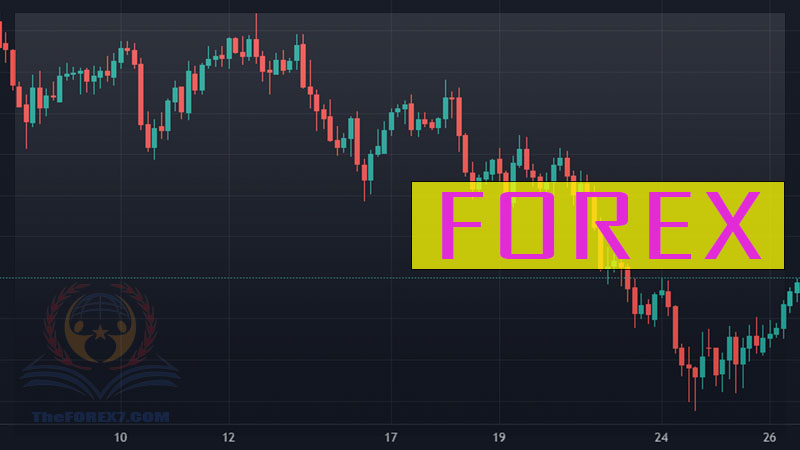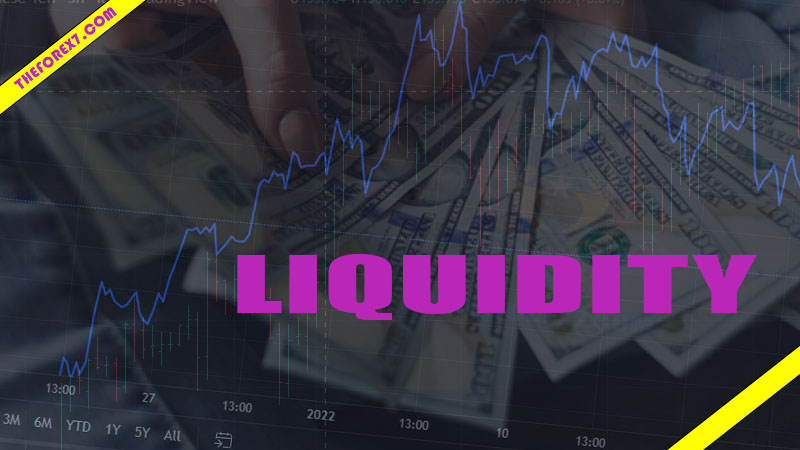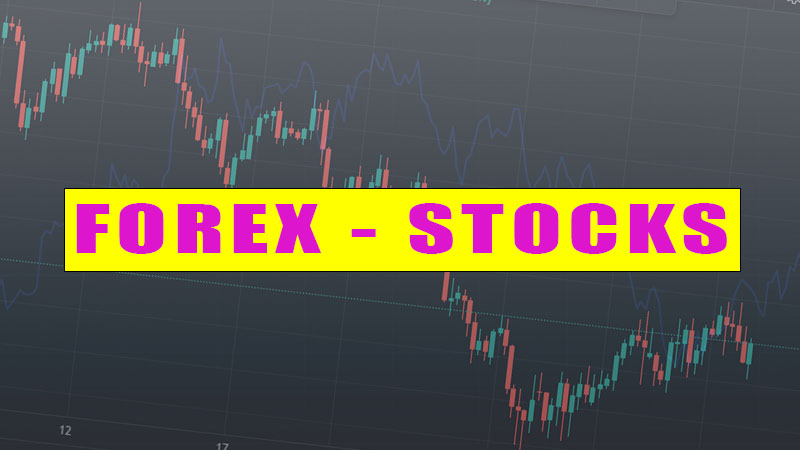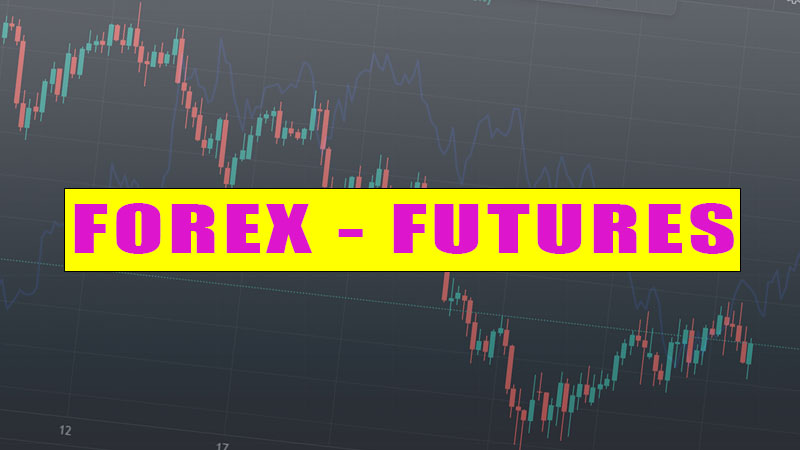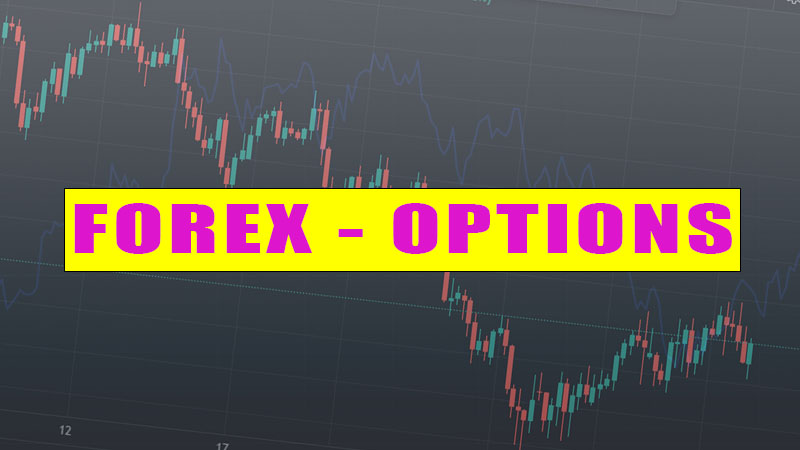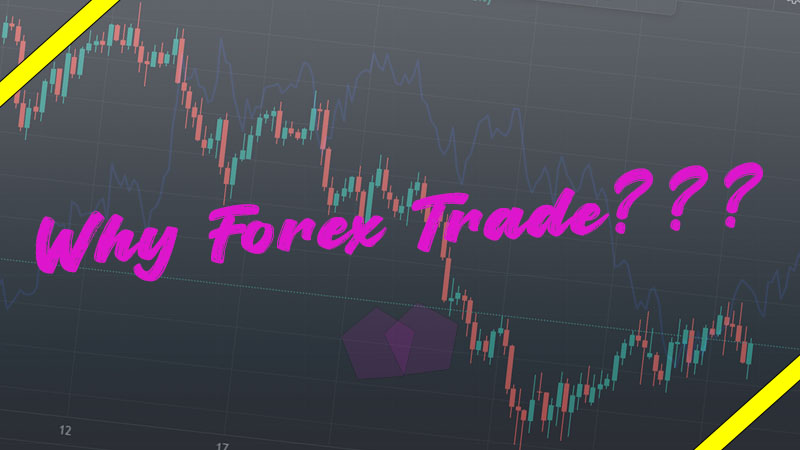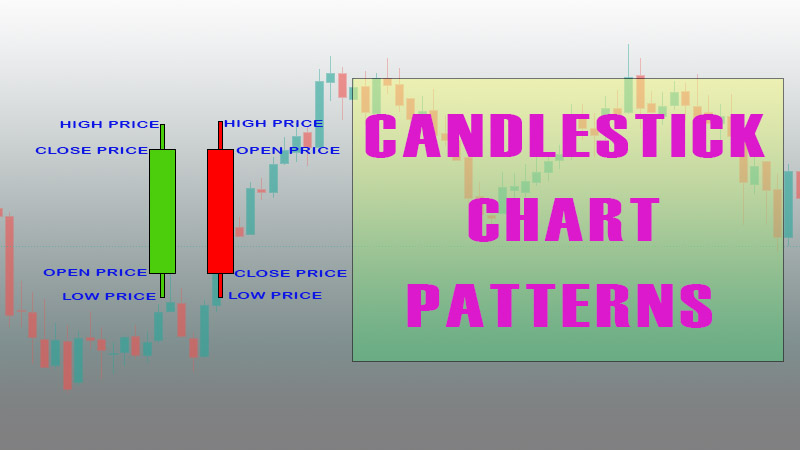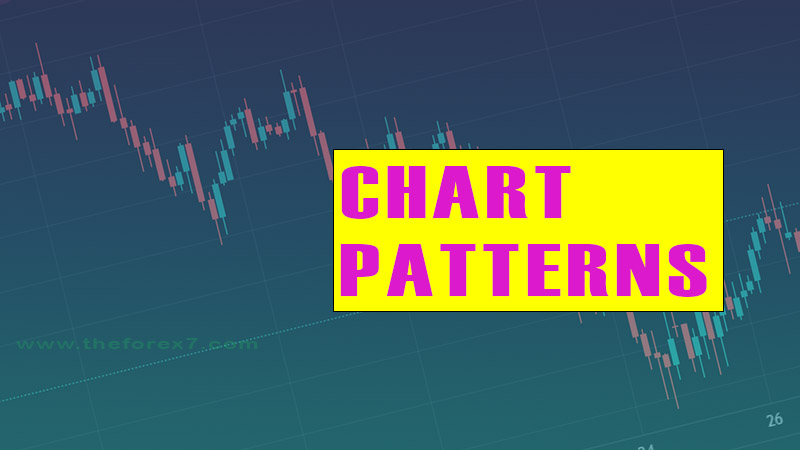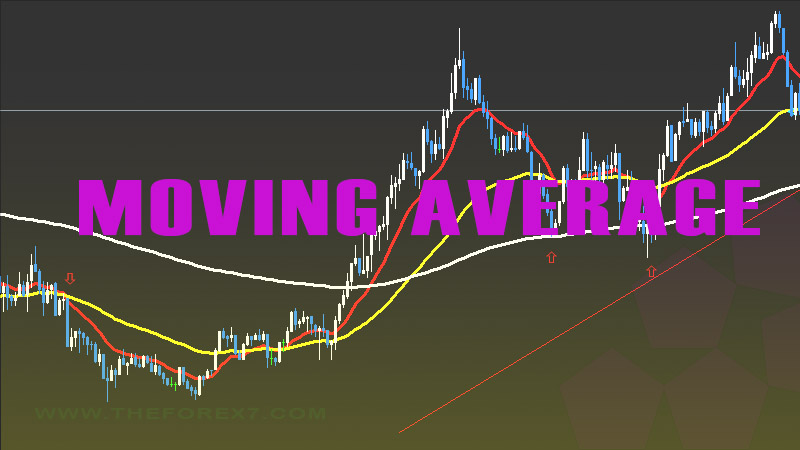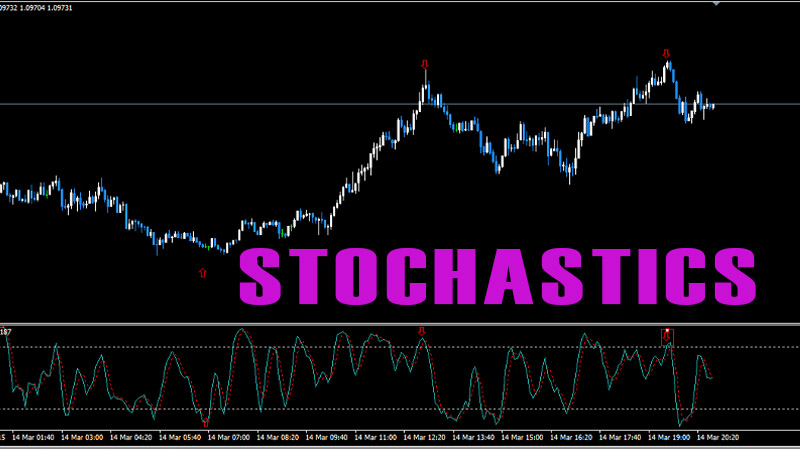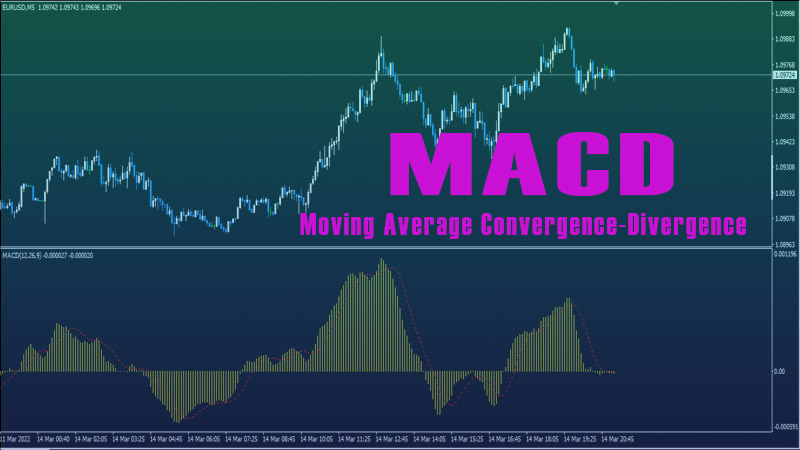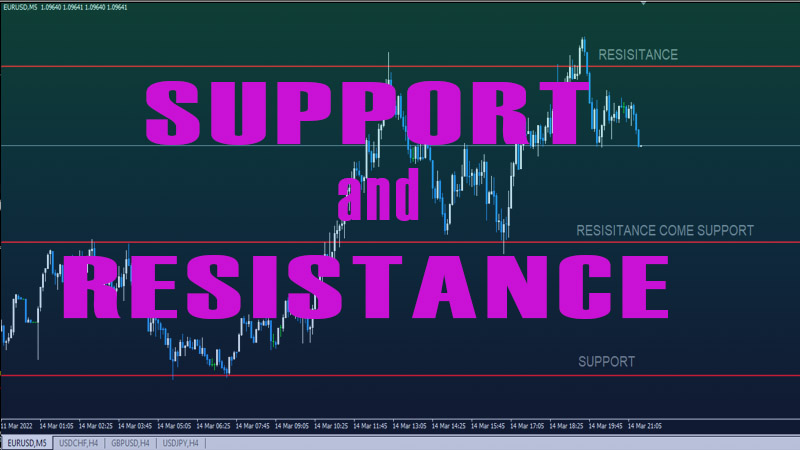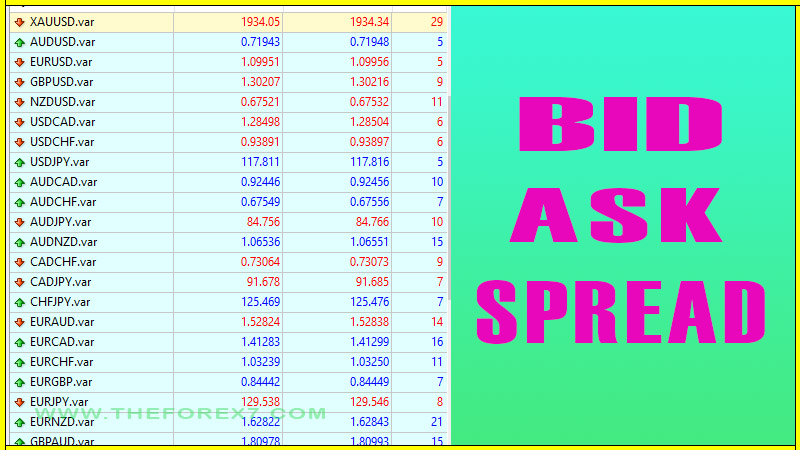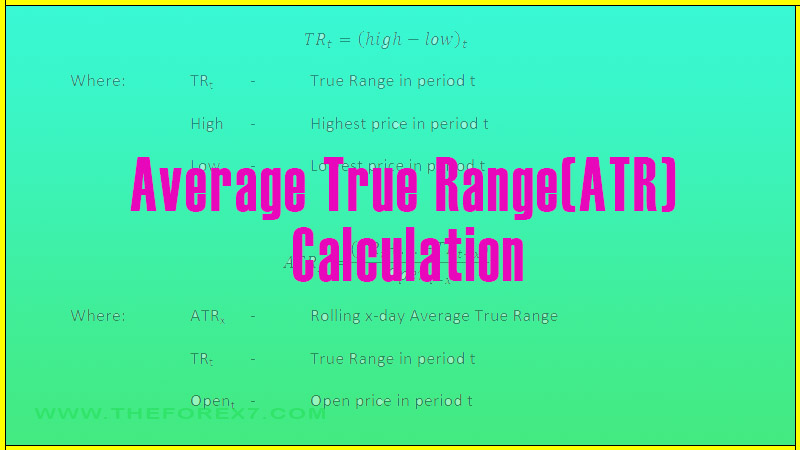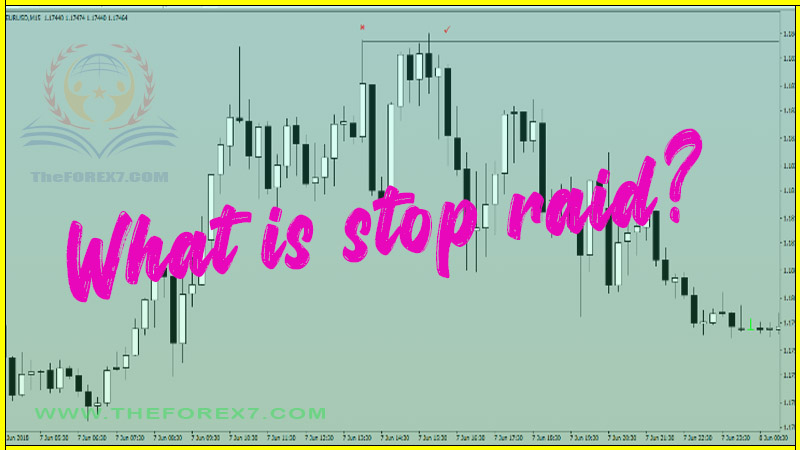Types of Forex Trading Orders - Market, Limit, & Stop Orders
Pending orders forex, Types of orders in forex, Types of pending orders in forex trading, Buy stop and sell stop strategy, What is buy stop in forex, Meaning of buy limit in forex
Course: [ Top Trading Strategy ]
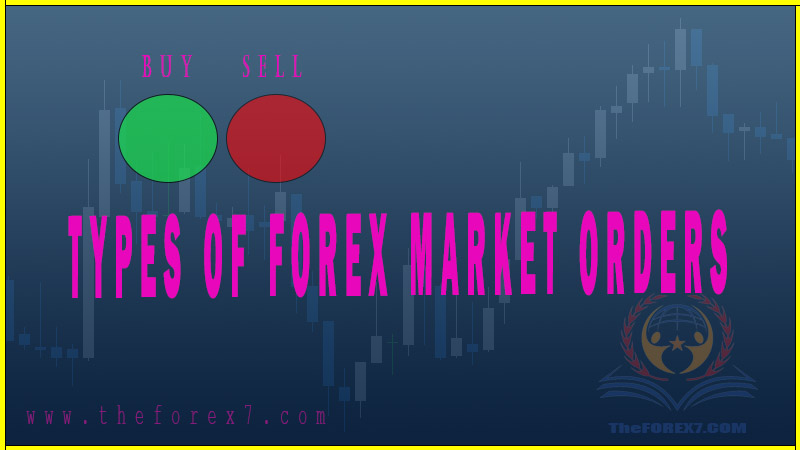
A market order is executed immediately when placed. It is priced using the current spot, or market price. A market order immediately becomes an open position and subject to fluctuations in the market. This means that should the price move against you, the value of your position deteriorates – this is an unrealized loss until the order is closed.
Forex - Market, Limit, & Stop Orders
MARKET ORDERS
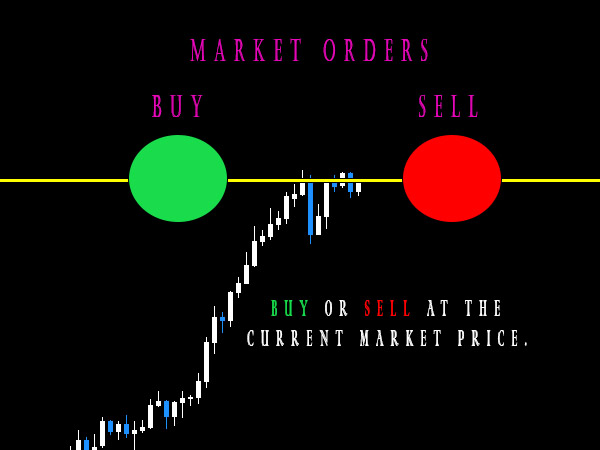
A market order is
executed immediately when placed. It is priced using the current spot, or
market price. A market order immediately becomes an open position and is
subject to fluctuations in the market. This means that should the price move
against you, the value of your position deteriorates this is an unrealized loss
until the order is closed.
Example: If the
price of EUR/USD is at 1.1900, and you place a market order for a BUY or SELL,
your trade will immediately be placed at the current price of 1.1900 + (spread
& slippage)
What is
Spread?
Spread is one way your
broker makes their money. It is a small difference in price between what the
market price actually is, and what your broker is offering it to you for. For
example, if you place a market order BUY at 1.9000, your broker may actually
place you into the market at 1.8999. The broker will keep the 1 pip difference
earning them a small profit on the trade. Different brokers offer different
spreads, but the average is anywhere from 0.1 pip to 3 pips.
What is
Commission?
Commission is a fixed fee
for placing a trade that is charged by your broker. Some brokers offer no
commission at the expense of a higher spread. Some brokers offer very low
spreads in exchange for a small commission on each trade. It is up to you to
decide what you prefer. I am currently using IC MARKETS as a broker
and their "ZERO Account" for trading. This setup gets me very low
spreads (usually 0.1 to 1 pip) and I pay a commission of about $4 per Standard
Lot traded.
What is
Slippage?
Slippage occurs when the
market activity is high. You may place a market order for a BUY at 1.9000, but
your order take a few seconds to process and the market moved a few pips before
your order was entered. So you actually got in the market at 1.9005. This is
not a fee from the broker, and it usually only occurs during high-impact situations
like news and world events that cause the market to go crazy.
LIMIT ORDERS
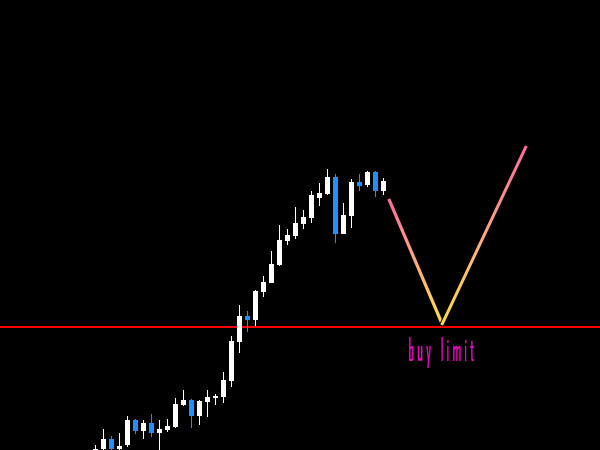
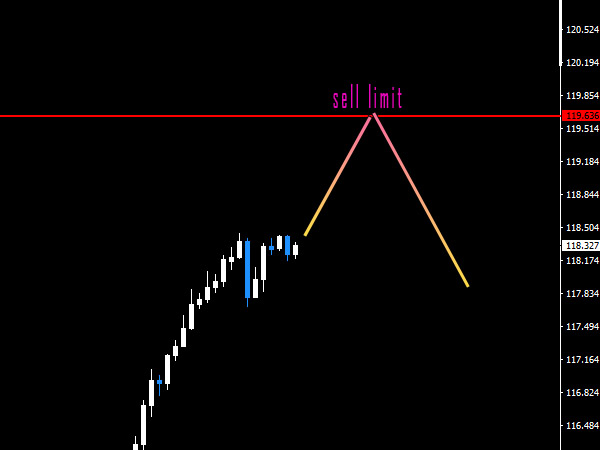
A limit order is
an order to buy or sell, but only when certain conditions included in the
original trade instructions are fulfilled. Until these conditions are met it is
a pending order and does not affect your account totals or margin calculation.
The most common use is to create an order that is
executed automatically if the price reaches a certain level. When the
conditions of a limit order to BUY or SELL are met, the order
is automatically executed. Limit orders are usually placed in areas where
you think the price will reach, and then reverse from in the opposite
direction.
Example: If the price of
EUR/USD is at 1.1900, but you only want to SELL if the price gets up to 1.1950,
you can place a SELL LIMIT order at 1.1950. If the price reaches that level,
your trade will automatically be entered at that level with your predetermined
position size and STOP orders.
STOP ORDERS
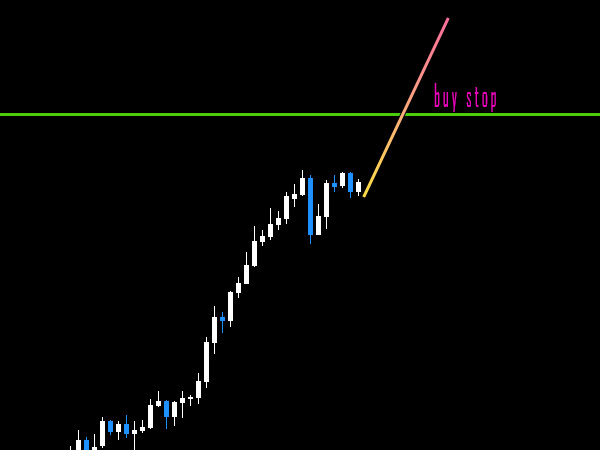
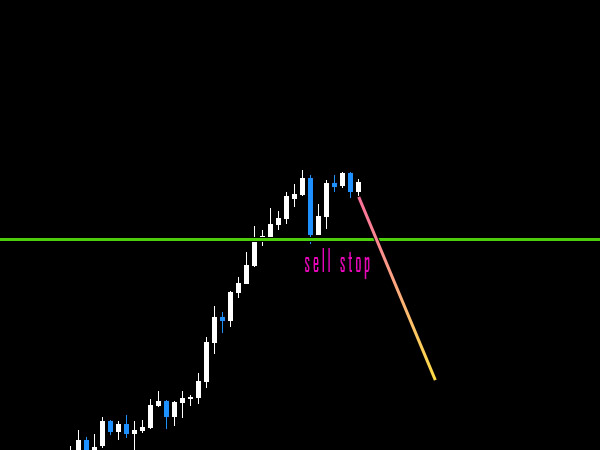
A stop order is
also an order to buy or sell, but only when certain conditions included in the
original trade instructions are fulfilled. Until these conditions are met it is
a pending order and does not affect your account totals or margin calculation.
The most common use is to
create an order that is executed automatically if the price level reaches a
certain level. When the conditions of a stop order to BUY or SELL are met, the
order is automatically executed. Stop orders are usually placed in areas
where you think the price will reach, and then continue moving in that
direction.
Example: If the price of EUR/USD is
at 1.1900, but you only want to SELL if the price gets up to 1.1950, you can
place a SELL LIMIT order at 1.1950. If the price reaches that level, your trade
will automatically be entered at that level with your predetermined position
size and STOP orders.
STOP-LOSS and
TAKE-PROFIT
A stop-loss order
is a defensive mechanism used to protect against further losses. It
automatically closes an open position when the exchange rate moves AGAINST you
and reaches the level you specified.
For example, if you are
LONG on EUR/USD at 1.1900, you are expecting it to move up. If the price moves
down instead, you will be losing money the further the price moves against your
intended direction. To limit your losses, a stop-loss order can be placed
before or during your trade to restrict your losses to a certain amount. Let's
say you were willing to lose up to 50 pips on this trade. If you entered the
trade at 1.900, you would set your stop-loss to 1.1850. This means that if the
price reached the 1.1850 level, your trade would automatically be exited regardless
if you were at your computer or not. This prevents you from losing more money
on a trade than you intended to risk.
A take-profit order
is similar to a stop-loss order, but for the opposite purpose. A take-profit
order automatically closes an open trade when the price has reached your
intended target. Remember, you haven't actually won or lost any money until you
close the trade. Until then, your profit or loss is just fluctuating as an open
order waiting for you to cash out by closing the trade.
For example, let's imagine
you are again LONG on EUR/USD at 1.1900, and you are expecting it to move up.
If the price moves up as expected, you will be making money the further the
price moves in your intended direction. To lock in your profits, a take-profit
order can be placed before or during your trade to ensure you book a profit if
the price reaches your intended target. Let's say you were aiming to make 100
pips on this trade. If you entered the trade at 1.900, you would set your
take-profit to 1.2000. This means that if the price reached the 1.2000 level,
your trade would automatically be exited regardless if you were at your
computer or not, and you'd be 100 pips richer! A take-profit also helps prevent
you from losing money on a trade that may reach your target, but then turns
around and goes the other direction before you had a chance to close the trade;
remember, you haven't made or lost any money until you actually close the
trade!
Top Trading Strategy : Tag: Top Trading Strategy, Forex : Pending orders forex, Types of orders in forex, Types of pending orders in forex trading, Buy stop and sell stop strategy, What is buy stop in forex, Meaning of buy limit in forex - Types of Forex Trading Orders - Market, Limit, & Stop Orders
